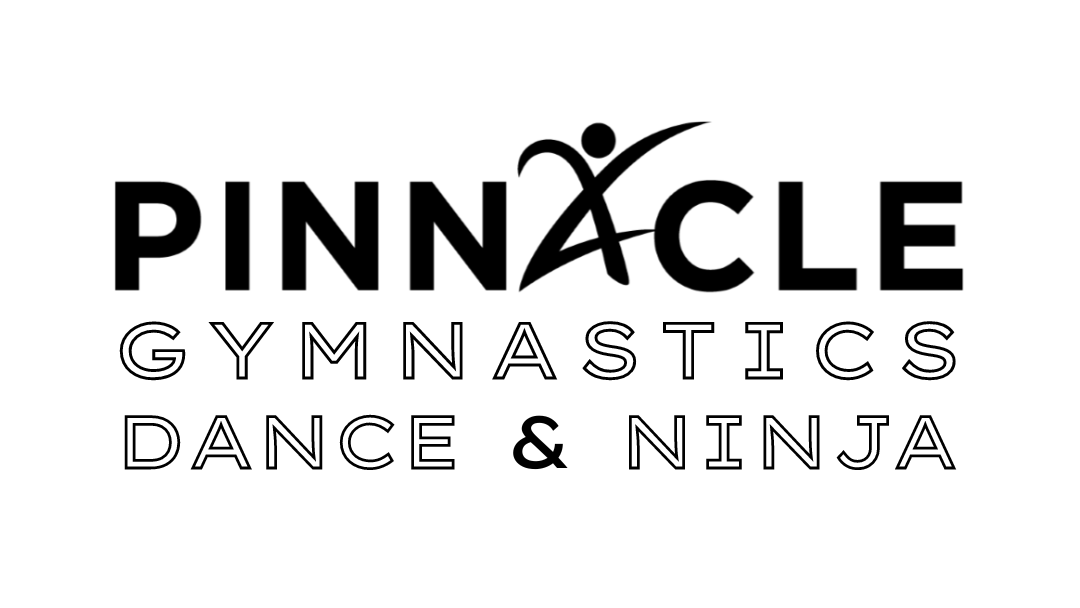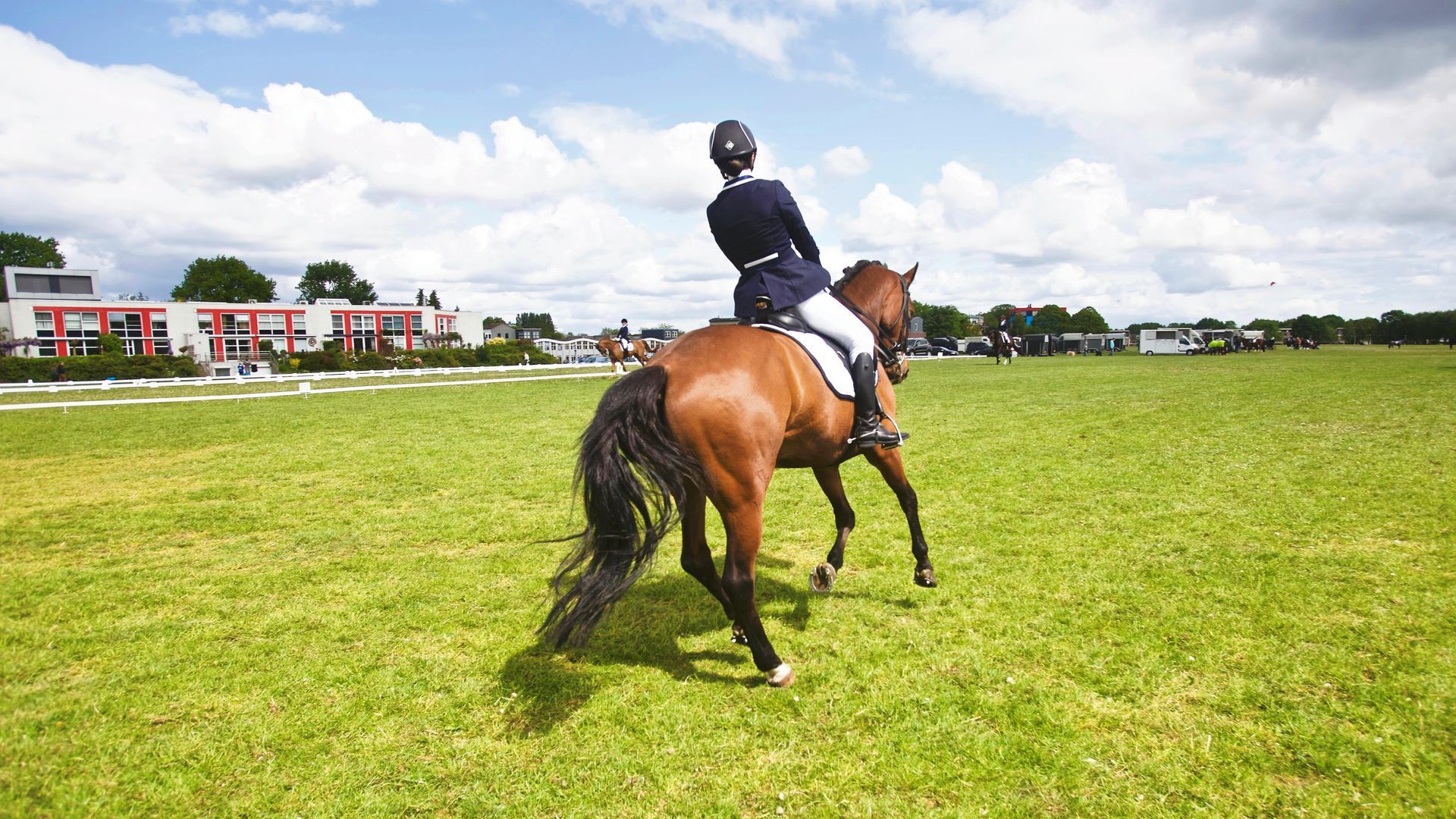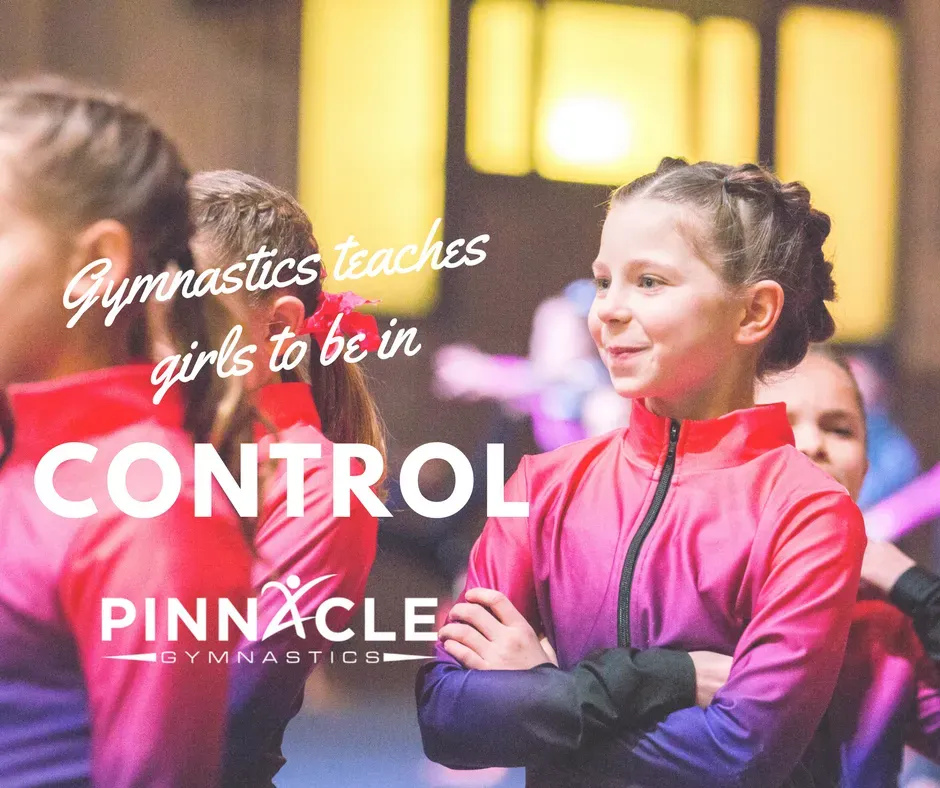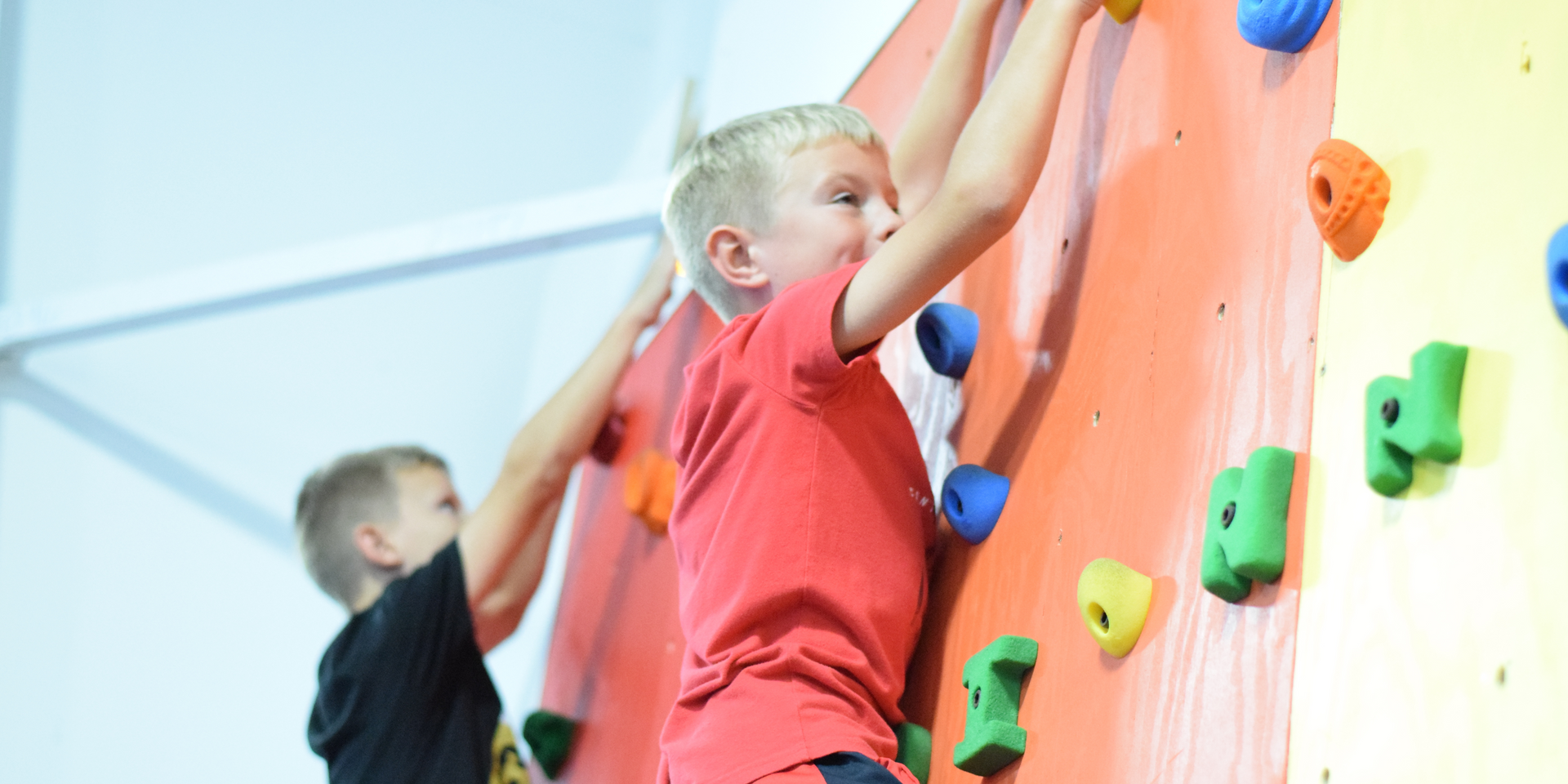Cartwheel or Round Off? What's the Difference?
Cartwheel or Round Off? What's the Difference?
For those of you who are new to gymnastics or tumbling training, there are two moves that frequently get talked about: Cartwheels and Round Offs. These two skills can seem similar at first glance, but they serve different purposes and require distinct techniques. If you're like me and didn’t grow up with extracurricular activities like gymnastics, dance, or martial arts, you may find it confusing when you first start observing these impressive skills in a gymnastics class or at your child’s practice. If you’re just starting to explore the world of gymnastics or tumbling, understanding the difference between cartwheels and round offs can be very helpful.
Cartwheel Basics
So, Sally is super excited because she worked on cartwheels in class today and just has to show you! Awesome, right? But now, you’re frantically trying to keep her from cartwheeling into the table, chairs, walls, and maybe even the dog! A cartwheel can seem like a relatively "easy-peasy" skill, but for some kids, it can be quite difficult and even frustrating. There are also several variations to this sideways, rotational skill—each one bringing its own level of complexity. The most common variations include the gymnastics cartwheel, side cartwheel, one-handed cartwheel, and aerial cartwheel. Let’s break them down:
What is a Gymnastics Cartwheel?
A "gymnastics" cartwheel is often the first version of this skill that many gymnasts learn. The starting position is a stable forward lunge, ensuring the athlete is balanced and prepared. The athlete then "teeters" forward using the forward leg to push their body forward and the back leg to propel the hips upwards into the inverted position. As the athlete rotates, their legs lock out in a V-shape overhead, and their hands should remain side by side on the floor, supporting the body in an upside-down position.
After completing the rotation of 90 degrees, the legs begin to descend toward the floor, and the body rotates another 90 degrees back into the original lunge position. This version of the cartwheel is commonly seen in gymnastics, cheerleading, and tumbling classes. It’s a great building block for more advanced skills, such as back handsprings, and is used as an essential foundational movement.
What is a Side Cartwheel?
A "side" cartwheel is the original version of the cartwheel. Think of it as the "spokes of a wheel" where arms and legs are the spokes, and the body travels sideways while maintaining the same orientation. In this version, the body doesn’t change the way it is facing as it moves through the rotation. Side cartwheels are commonly performed in disciplines like capoeira, martial arts, circus arts, and even men's gymnastics floor routines. This variation typically emphasizes a sideways movement, requiring different body mechanics than the gymnastics cartwheel, where the body rotates fully from one position to the next.
What is a One-Handed Cartwheel?
A one-handed cartwheel is quite similar to a standard gymnastics cartwheel, but there’s a key difference: the athlete uses only one hand for support. This move requires more strength and balance since the body is supported by just one hand while the other arm remains free. One-handed cartwheels are often seen in martial arts and circus performances, and they’re also used in gymnastics as part of a series of tumbling moves or in routines where a more dynamic style is desired. This variation also helps to build strength and confidence in performing with less support from the arms.
What is an Aerial?
An aerial cartwheel, often simply referred to as “an aerial,” is an advanced skill that builds upon the foundation of a cartwheel but takes it to a new level. The key difference with an aerial is that no hands touch the floor. The body is propelled into the air through an explosive take-off, which requires significant strength, flexibility, and coordination. Aerial cartwheels are most commonly seen in dance, gymnastics, parkour, and Cirque performances. Athletes must generate enough force and lift to rotate their bodies through the air before landing back on their feet. It’s a skill that not only requires excellent technique but also a high degree of control and confidence.
So, What is a Round Off?
While a cartwheel is a fantastic skill for learning rotation and building core strength, the round off is often seen as the next step toward more advanced tumbling. You can think of the round off in a similar way to categorizing automobiles into cars and trucks: they are both types of vehicles that serve a similar purpose, but they look and function quite differently. The round off shares many similarities with the cartwheel but introduces new elements to make it a more powerful and controlled move, especially useful for progressing to back handsprings or other tumbling skills.
The classic round off is a staple in gymnastics and tumbling. The round off helps prepare athletes for more dynamic movements like back handsprings by teaching them how to push off the floor with force and rotation. In the round off, the athlete starts in a stable forward lunge, just like in the gymnastics cartwheel. As they move through the rotation, the athlete reaches for the floor with both hands, and their back leg drives the hips upward. The athlete then snaps their legs together in the air and uses their arms to "block" or push off the floor with enough force to bring their body into the air and rotate 180 degrees. The landing should be soft and controlled, with the arms held by the ears and the legs cushioning the impact.
The key difference between the round off and the cartwheel is the final positioning. In the cartwheel, the athlete moves from one lunge position to the other, whereas in the round off, the body is briefly in the air as the legs snap together, and the rotation leads to a more powerful and controlled landing.
One-Handed Round Offs
As you might expect, one-handed round offs are a more challenging variation of the classic round off. In this version, the athlete uses only one arm to block off the floor. This makes the skill more difficult because the athlete has to rely on just one hand to generate enough power for the rotation. One-handed round offs are often seen in martial arts, especially when an athlete needs to hold an implement (like a staff or sword) in one hand. They are also commonly practiced in gymnastics to help gymnasts with beam dismounts or other precision-focused moves.
What is a Round Off with No Hands?
The Barani (pronounced "bah-rah-nee") is a unique and advanced tumbling skill that has become synonymous with the round off in some gymnastic and free-running circles. It’s a no-hands round off, which means the gymnast or athlete performs the move without using their hands to block off the floor. Instead, they rely on explosive power in their legs to propel their body through the air, making it similar to an aerial cartwheel. The Barani is named after the Italian circus acrobat Alfonso Barani, who first performed this trick around 1881.
While it’s less common than traditional round offs or cartwheels, the Barani is used in a variety of sports, from free-running and parkour to skateboarding, skiing, ice skating, and even gymnastics. It’s a highly versatile skill that showcases not only strength and agility but also impressive style and control.
The Cartwheel Versus the Round Off
In the world of gymnastics and tumbling, cartwheels and round offs are fundamental skills that serve different functions. A cartwheel is a basic rotational skill that can take on different forms—each one offering a new challenge. The round off, on the other hand, is an essential building block for more advanced tumbling moves, allowing athletes to build power, control, and height. Understanding the key differences between these two moves will help gymnasts progress in their training and achieve new skills with confidence. Whether you're perfecting your cartwheel or moving on to round offs, both are vital steps in the journey of gymnastics and tumbling mastery.











